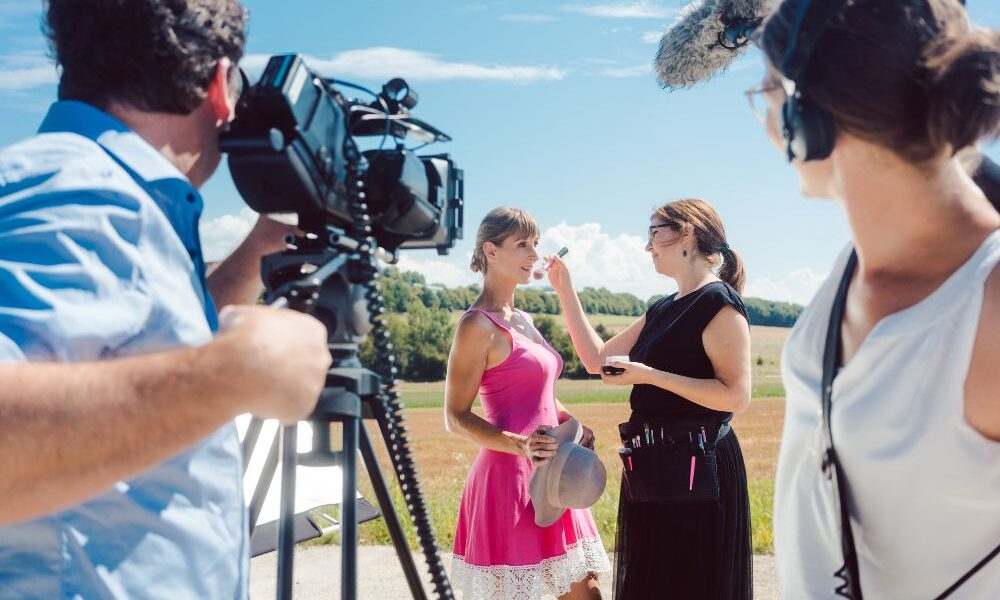Film has been a powerful force in shaping popular culture for over a century. It transports us to different worlds, introduces new ideas, and inspires us to see things in a new light. This influence extends beyond the silver screen into fashion, music, and social movements.
One of the most direct ways film influences trends is by creating a desire for emulation. When we see our favourite characters sporting a particular look, we often want to emulate it ourselves. Iconic characters, in particular, become synonymous with certain styles. For example, Audrey Hepburn’s little black dress in “Breakfast at Tiffany’s” remains a fashion classic, inspiring countless imitations. Similarly, Marlon Brando’s greaser look in “The Wild One” symbolised teenage rebellion in the 1950s.
Films can also launch entirely new fashion trends and influence entire decades! The science fiction films of the 1950s, such as “2001: A Space Odyssey” and “Forbidden Planet,” helped popularise the space-age aesthetic reflected in fashion, design, and architecture. More recently, “The Matrix” popularised the all-black leather look in the early 2000s.
Films can create new trends and revive old ones. Period films set in different eras can introduce audiences to vintage styles they may not have been familiar with before, leading to a renewed interest in them. For example, the popularity of “Downton Abbey” sparked a renewed interest in 1920s fashion and “Bridgerton” has seen a resurgence of Regency-era fashion such as dresses with short “puff” sleeves.
Beyond fashion, film influences trends in other areas of our lives. The action films of the 1980s, such as “Rambo” and “Rocky,” helped popularise a more muscular and action-oriented ideal of masculinity. Similarly, the romantic comedies of the 1990s, like “When Harry Met Sally” and “Sleepless in Seattle,” helped shape ideas about love and relationships.
The influence between film and on going trends is not always one-sided. Films can also reflect and reinforce existing cultural trends. For example, the rise of the women’s liberation movement in the 1960s was reflected in films like Bonnie and Clyde and Thelma and Louise, which featured strong female characters challenging traditional gender roles.
The relationship between film and trends is complex and constantly evolving. However, film is undoubtedly a powerful force shaping how we dress, think, and behave.
Other examples of how film has influenced trends and styles include but are not limited to:
- Music: Films introduce new music to a wide audience, popularising new genres and artists. For example, “Saturday Night Fever” helped popularise disco music in the 1970s.
- Social movements: Films raise awareness of social issues and inspire action. “To Kill a Mockingbird” helped raise awareness of racial injustice in the United States.
- Technology: Films can predict or inspire technological advancements. “2001: A Space Odyssey” featured technologies that are now commonplace, such as videoconferencing and tablet computers.
Film is a powerful medium that shapes popular culture in various ways. Films significantly impact how we live and see the world by creating a desire for emulation, promoting new trends, reflecting social and cultural changes, and shaping cultural identity. Their influence is far-reaching and multifaceted, affecting our aesthetic preferences, attitudes, beliefs, and societal norms. As we continue to consume and be inspired by films, their role in shaping our culture and lives will undoubtedly persist, driving innovation and nostalgia in a continuous loop of cultural evolution.



